|
With the hot and humid weather that recently descended upon us, it seemed like a perfect time to open two styles of perfectly chilled Rieslings that I received as samples. I have posted several stories about Weingut St. Urbans-Hof, which is located in the Mosel Valley in the village of Leiwen. Their wines are quite aromatic, intense and terroir-driven. St. Urbans-Hof is considered one of Germany’s premier estates with 40 hectares of vineyards. It is the second largest family-owned and operated winery in the Mosel. Nicolaus Weis founded the winery in 1947 and his grandson Nik Weis has been owner and winemaker since 1997. The Mosel Valley has a continental climate with warm summers and long growing seasons that contribute to the ripening of the grapes, helping to create heightened flavors and low alcohol levels St. Urbans-Hof Estate Dry Riesling 2018 QbA QbA is an acronym for “Qualitätswein bestimmter Anbaugebiete,” which means a quality wine that comes entirely from one of the 13 designated wine regions in Germany and must abide by certain conditions. The grapes for this dry Riesling were selected from fifteen parcels surrounding the winery and many of the vines are 30 to 70 years old. According to Nik, “Old vines produce wines with a finer mineral structure. That mineral structure balances the acidity to a higher extent.” Over decades, the vine roots penetrate the slate bedrock containing minerals, all of which contribute to the uniqueness of the wine. This wine is made from 100% organically farmed Riesling grapes. The color is pale straw with alluring aromas of floral, honey, citrus and stone fruit. Honeysuckle, pear, citrus and peach tease the palate along with crisp acidity, slate notes and a hint of lemon zest on the finish. I could drink this wine all summer long! Serve as an aperitif or pair with light pasta, seafood, grilled fowl and vegetables. Alcohol: 12% SRP: $18 St. Urbans-Hof Estate Riesling QbA from Old Vines The Riesling grapes for this wine are harvested from two locations. The first location is the parcels surrounding the winery of which many of the vines are 30 to 70 years old. The Leiwen plots are a combination of sand, gravel and clay sedimentary soils. The second location is a 25-acre parcel in Wittingen, located in the Saar Valley. This location has red slate soil that contains iron oxide. The iron oxide tends to give the wines a smoky, spicy nose with good structure on the palate. Nik Weis said about the 2018 vintage, “It was very good, with good quality, ripeness and yields. The wines are already quite accessible and pleasant on the palate. They have a wonderfully silky mineral structure and full-bodied, juicy taste.” This is an off-dry wine that is pale lemon and has beautiful aromas of white flowers, pear, hints of citrus and minerality. The palate welcomes subtle sweetness that segues to crisp acidity and slate. In-between, flavors of citrus, grapefruit, nectarine and spice dance around the palate. It is a very refreshing and juicy wine. Serve as an aperitif or pair with light fare.
Alcohol: SRP: $18 These are great value wines to keep on hand for the warm summer days ahead! Until next time… Cheers! Penina To leave a comment or if you have an inquiry, please contact me at [email protected] Over the past several weeks I’ve been tasting and exploring wines for yet another wine certification that I am presently studying for. I always enjoy exploring wine regions from around the world via my wine glass and with this wine course I’m sampling lots and lots of wine. For the most part, I prefer bone-dry to slightly off-dry wines. Although I am not partial to sweet wines, I do enjoy a variety of dessert wines from Hungary, Sicily, France and Germany to name just a few countries. And then there is Riesling. Riesling is a white aromatic grape and the most widely planted grape variety in Germany. One of the many great things about German Riesling is the variety of sweetness and styles available to drink. The styles range from bone-dry to very sweet and German wine labels make it very easy to choose a style of Riesling to suit one’s palate. Wines are usually variety labeled and classified by the level of sugar in the grape juice called “must weight”. There are four quality categories: Deutscher Wein, Landwein, Qualitätswein (QbA) and Prädikatswein. Prädikatswein category is divided into levels of ripeness that the grapes have achieved by the time they are harvested. These levels are Kabinett, Spätlese, Auslese, Beerenauslese, Eiswein and Trockenbeerenauslese. As you can see by the chart, Trockenbeerenauslese is the sweetest. As part of the course requirement, I recently opened a bottle of Riesling Spätlese. Spätlese is a late harvest wine. The grapes are picked after the normal harvest and the wines are more concentrated and have more intense flavor than Kabinett. Dr. Hans VonMüller Riesling Spätlese 2016 is 100% Riesling from the Mosel region. The wine is pale lemon with aromas of peach, grapefruit, honeysuckle and lemon zest. The palate offers apricot, peach, lemon, honeysuckle and minerality. For someone that prefers bone-dry wines, I found this to be very drinkable. It is perfectly balanced between the acidity and sweetness. Drink as an aperitif or with light cuisine. Alcohol: 7.5% SRP: $15.99 I will be exploring the other levels of the Prädikatswein categories at a future time.
Until next time… Cheers! Penina To leave a comment or if you have an inquiry, please contact me at [email protected] This past weekend was a celebration of several events. Some friends were sipping mint juleps while watching the Kentucky Derby. Others were rejoicing with margaritas in honor of Cinco de Mayo. And then there were a few daring people celebrating World Naked Gardening Day. Hmmm…not going there. And I was popping open German Rieslings in between it all. Last summer I wrote about Weingut St. Urbans-Hof and their 2016 Urban Riesling. If you didn’t have a chance to read it, here is a quick recap. Nik Weis is the proprietor and winemaker at Weingut St. Urbans-Hof since 1997. Nik is third generation; his grandfather, Nicolaus Weis, founded the winery in 1947. The estate is named after St. Urban, the patron saint of vineyard workers and winemakers. It is located in the Mosel Valley, in an area called Leiwen. St. Urbans-Hof is considered one of Germany’s premier estates with 40 hectares of vineyards. Nik created ‘Urban’ a few years ago, using grapes sourced from nearby non-estate vineyards of excellent quality. The soils are sedimentary, giving the Urban Rieslings a unique and delicate balance of acidity, minerality and juicy sweetness. A small portion of grapes is harvested in the Wiltinger Schlangengraben, where the vines mature atop red slate in the singular Saar climate. The 2017 Urban Riesling is a pale straw color and very aromatic with notes of peach, white flowers and honey which segue onto the palate. Pear, melon, lots of minerality and lively acidity join the parade of flavors that tingle the palate. This is a refreshing and balanced wine. Easy to drink as an aperitif or with light fare. Alcohol: 10% SRP: $15 I also opened a Weingut Adolf Störzel Riesling from Rüdesheim am Rhein located in the Rhine Valley, approximately 96 miles east of Leiwen. Rüdesheim am Rhein is a winemaking town and part of the UNESCO World Heritage Site. Unfortunately, I don’t have much information about the winery or vineyards, as their website only seems to promote wine tastings and dining in their restaurant. In fact, I’m not sure the wines are available in the USA or other countries; a friend brought this bottle home from a trip to Germany. However, it was fun for me to open a Riesling from Mosel and Rheingau. Adolf Störzel 2016 Rüdesheimer Kirchenpfad Riesling Kabinett Troken is a pale straw color and seductively aromatic with citrus, floral and apple. The acidity is jumping and the palate offers citrus, pear, peaches, honeysuckle, lime and minerality. The wine is beautifully balanced and dances on the palate. Pair with light dishes or drink as an aperitif…if you can find this lovely wine! Alcohol: 11.5% Until next time!
Cheers! Penny To leave a comment or if you have an inquiry, please contact me at [email protected] The heat and humidity were relentless this weekend and mercilessly attached itself to every fiber of my being. As the sun finally made its way slowly over the horizon on Saturday evening, my thoughts turned to opening a cool and refreshing bottle of wine. Thankfully, I always keep several bottles in the refrigerator and my choice on this sultry evening was easy. I opted for the ‘Nik Weis Selection’ Urban Riesling. Nik Weis, proprietor and winemaker, is the third generation to run Weingut St. Urbans-Hof, which was founded by his grandfather, Nicolaus Weis, in 1947. The estate is named after St. Urban, the patron saint of vineyard workers and winemakers. Located in the Mosel Valley, in an area called Leiwen, St. Urbans-Hof is considered one of Germany’s premier estates with 40 hectares of vineyards. Nik created ‘Urban’ a few years ago, using grapes sourced from nearby non-estate blue slate vineyards of excellent quality. The blue slate soil retains heat from the sun, protecting the vines in this cool climate region. And, the stony slate gives the Urban Rieslings a unique and delicate balance of acidity, minerality and juicy sweetness. The 2016 Urban Riesling made me sit up and pay attention. This is a lively wine! It is the color of pale straw with inviting aromas of apple, lime, pear, pineapple and floral notes. The palate offers succulent flavors of peach, pear, lime and green apple with subtle hints of blue slate that blend beautifully, leaving a very pleasant and mid to long finish. The Urban Riesling is perfectly balanced, refreshing and graceful with just the right amount of sweetness. I served it as an aperitif, but needless to say, this wine is food friendly and can be paired with many types of cuisine. Alcohol: 10% SRP: $15 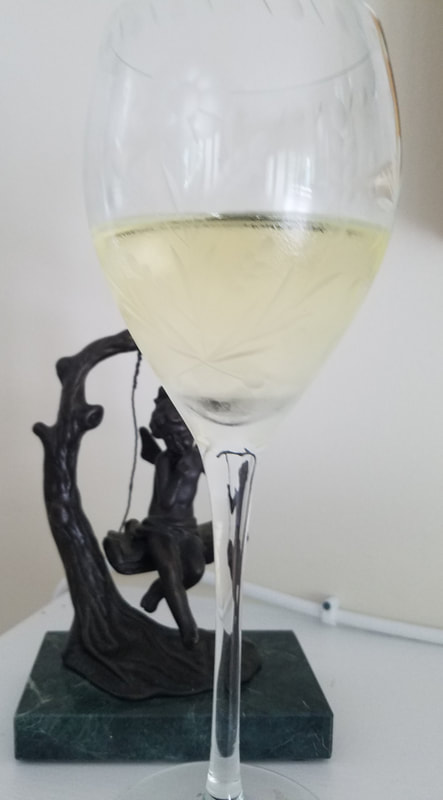 I need to stock up on more Urban Rieslings! Yummy! Cheers! Penina  Since it’s “Wine Wednesday” I thought I would mention a very nice wine that I tasted recently while visiting with a friend.  Not my photo! Not my photo! It was one of those sultry late afternoons that we’ve been experiencing of late and we were both in the mood for a cold refreshment. He happened to have a 2013 Leitz “Dragonstone” Riesling on ice. This wine comes from the Rheingau region of Germany and is 100% Riesling. The aromas were intoxicating with sweet fruits, lemon and a touch of floral. The palate went from sweet to piquant quickly and was beautifully balanced. A touch of herbs and tart apples lingered on. It was the perfect wine to end the day and begin the evening! Check out the winery’s website. http://www.leitz-wein.de/en/ Here’s a little tidbit: Although Riesling is grown worldwide, the grape originated in Germany where it has been cultivated since the 1400s. Cheers!
Penina  In between my exploring and tasting wines from South America of late, I made an “imagined” pit stop in Germany over the weekend. 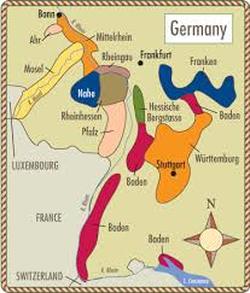 While dining at a friend’s home, I was served a 2013 Dr. H Thanisch Berncasteler Doctor Riesling Auslese, Mosel, Germany. The Mosel wine region is the most famous of Germany’s 13 official wine regions and the 3rd largest in the production of wine. This region is best known for its Riesling wines. The first vineyards were planted along the Mosel River by the Romans around the second century. 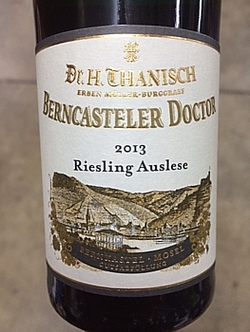 I’ve had the opportunity to drink Berncasteler Doctor over the years and have never been disappointed. This was no exception. The aromas of apricots, peaches and pineapple made me swoon. The palate was rich with juicy fruit, hints of spice and had a silky texture. The finish was long with more tropical fruit and lemon zest tickling the palate. Alcohol: 9% To quote from their website: “The legendary Berncasteler Doctor vineyard is located behind the village Bernkastel and is one of the most famous vineyards in Germany. This 100% steep site with a South-South-West orientation consists of medium deep, stony, loamy weathered argillaceous schist. Planted with up to 80 year old vines, full-bodied, spicy wines are grown here.” Visit the website at: http://www.dr-thanisch.de/en/ My plane is leaving and I must run!
Happy Tuesday Cheers! Penina In between tasting Chardonnays, Rosés and Rieslings, I found myself knitting a summer shawl the other day. The grapes inspired me! I call this shawl “Island Ribbon”. I love to give names to my one of a kind pieces. The yarn is a combination of cotton and vicose. The wooden beads are handmade from Africa. The shawl is light and airy. It can be worn with just about any summer outfit. Click on the photos for a closer look! 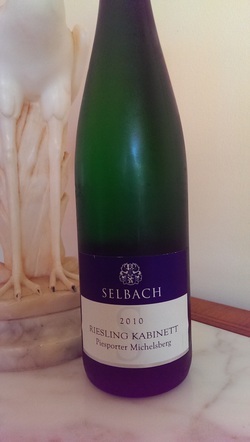 I toasted my finished piece with a glass of 2010 Selbach Riesling Kabinett Piesporter Michelsberg leftover from my party. The wine was also light and airy! And the opened bottle held up very well in the refrigerator for a few days! It still had a floral and apple aroma with apple and pear on the palate. Delicious! Enjoy Wednesday!
Cheers! Penina  Trying to play catch up. After digging out of yet another snowstorm, I’m putting the brakes on for a short spell so that I can tell you about some wines that I tasted on Saturday. The first one we tried was a 2013 Orogeny Pinot Noir, from California’s Russian River Valley. It was a ruby color with cherry and pomegranate on the nose with flavors of cherry, spices and a hint of oak. It was well balanced with a spicy finish. The next wine was a 2012 A to Z Pinot Noir from Oregon. It was a typical Pinot with lots of fruit and flowers on the nose. On the palate the fruit continued with spices and a tangy quality. It had a nice finish. And now, on to France and a 2011 Louis Max Mercurey Vignes du Domaine. It was a lovely Pinot Noir from Burgundy. This garnet colored Pinot had plums and cherry on the nose. It had more of a spice taste than fruit, but was a nice balance with smooth tannins. My last taste was a Pinot Noir from Germany. It was a 2012 Diehl Spatburgunder from Pfalz. This was an interesting wine. Very dark red with cherry and black fruit on the nose. Flavors of spice and earth were nicely balanced with the fruit. It was soft with a medium finish. 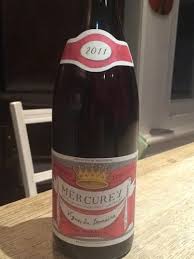 My favorite was the Pinot from Burgundy. Must run!
Happy Monday! Cheers! Penina |
Categories
All
|

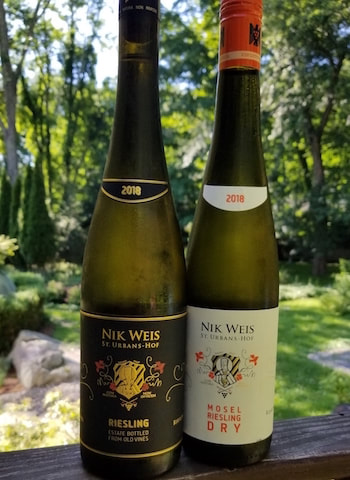
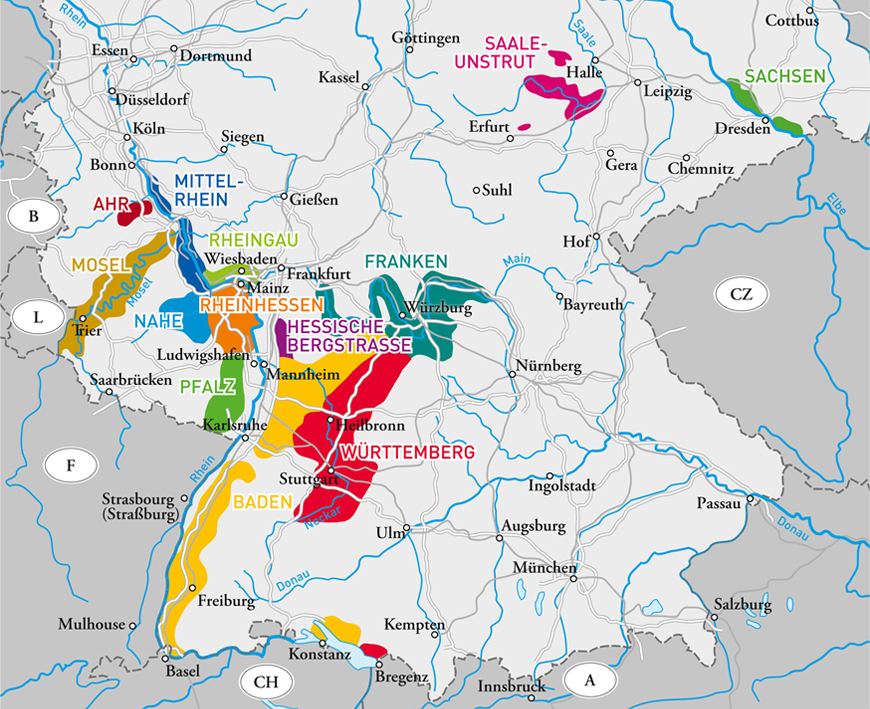
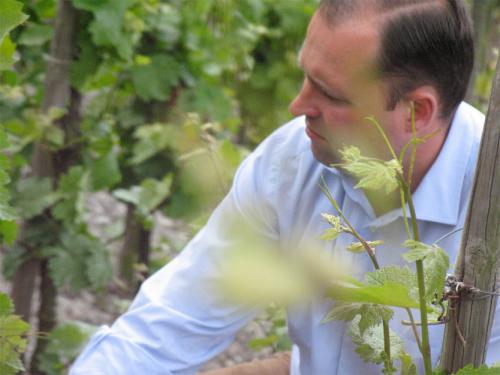
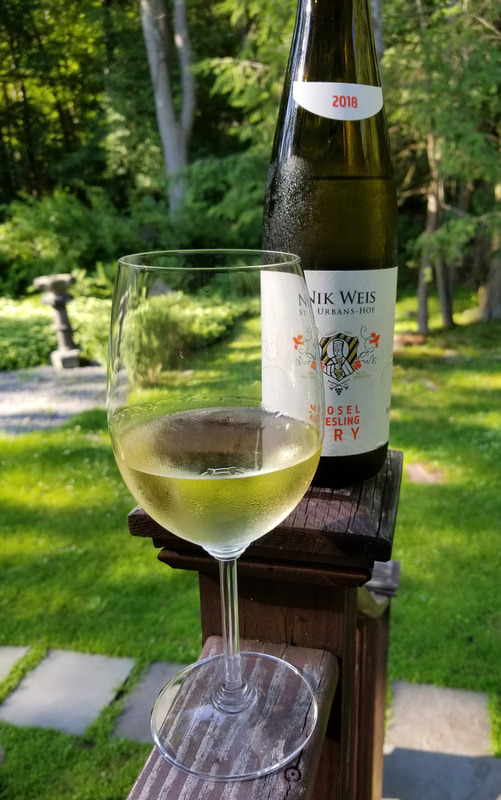
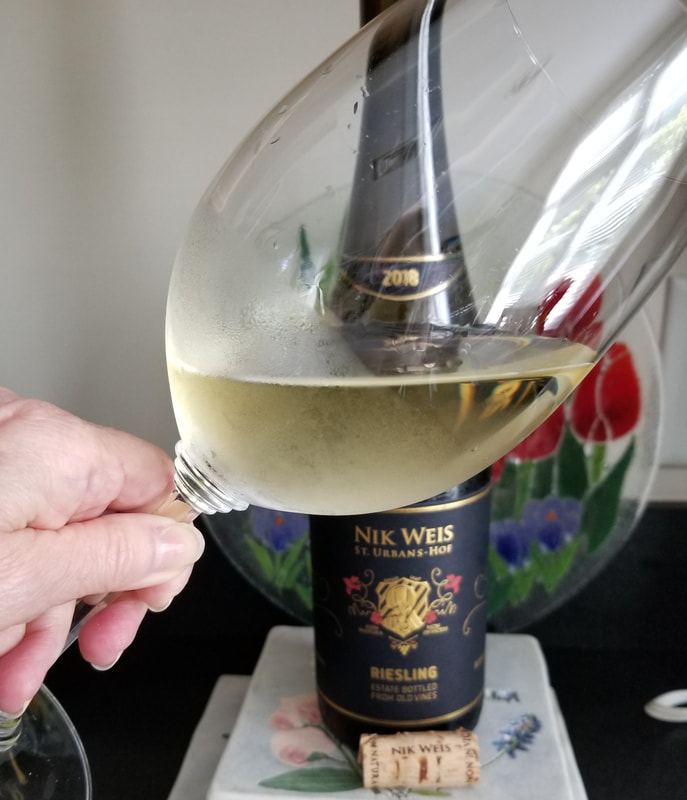
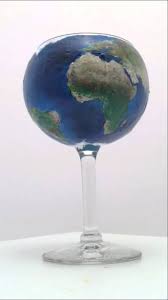
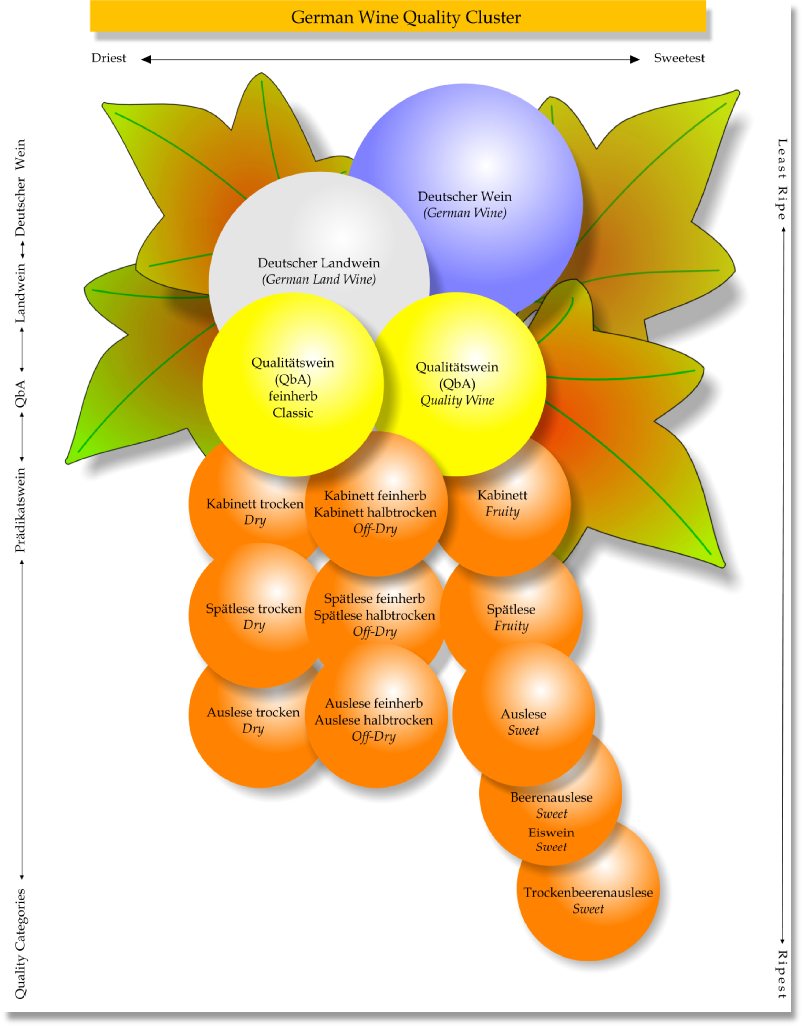
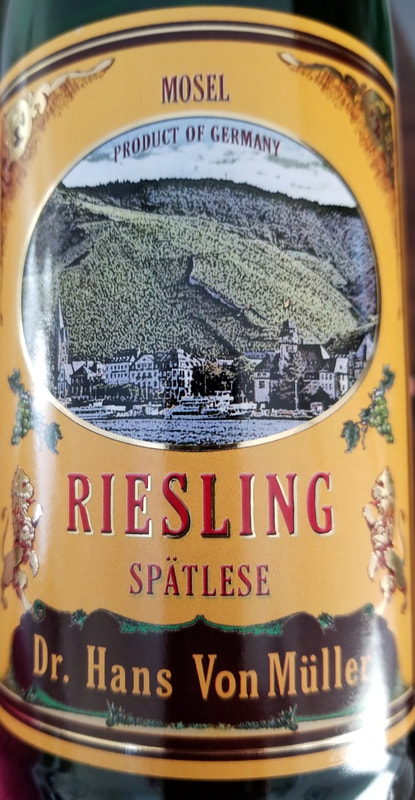
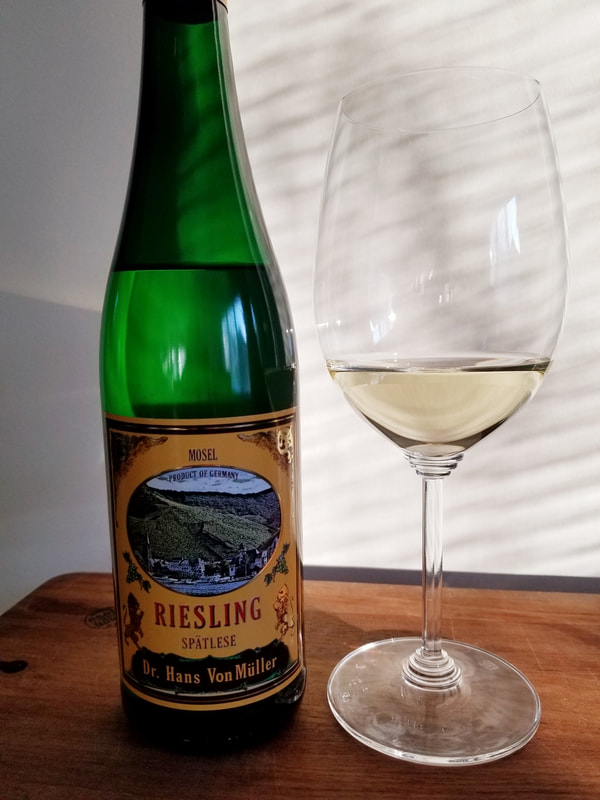
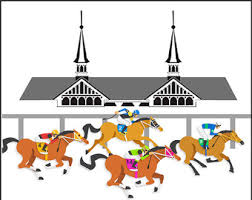
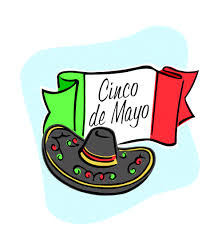
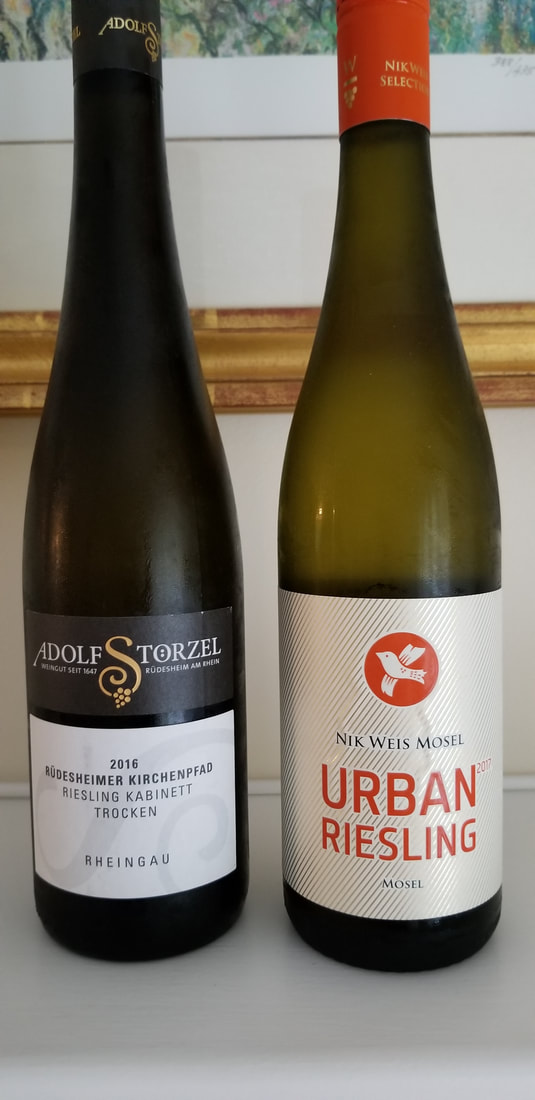
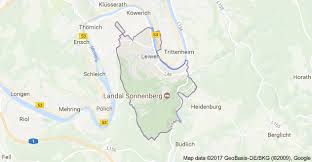
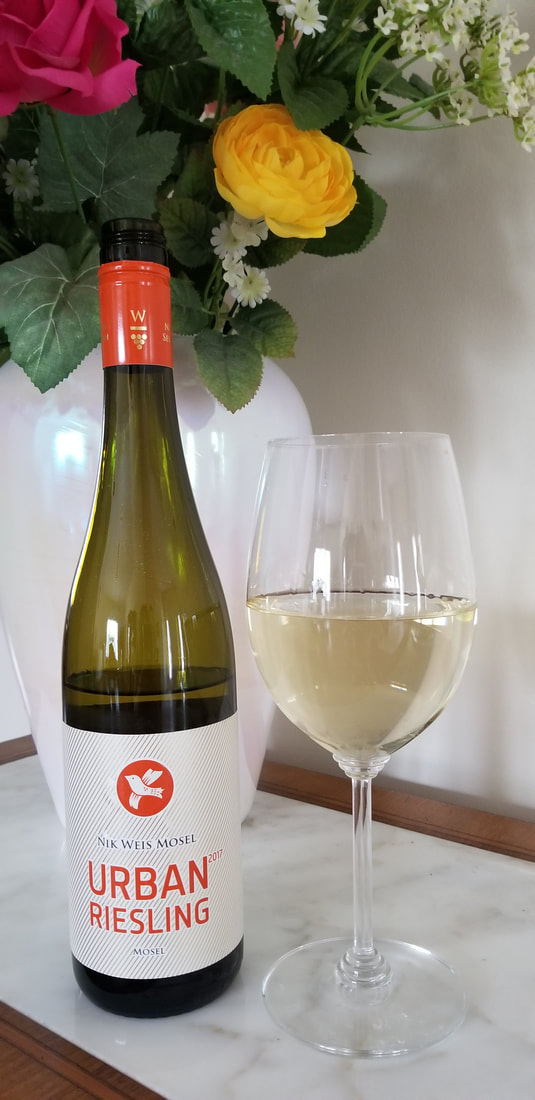
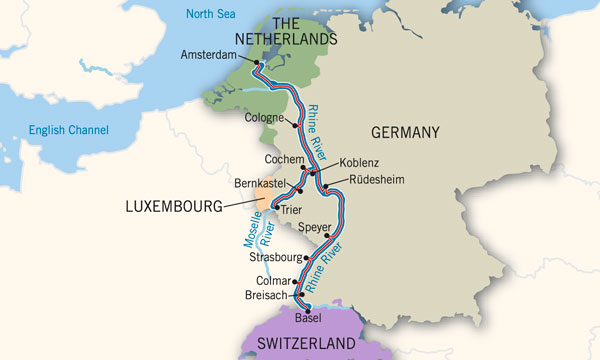
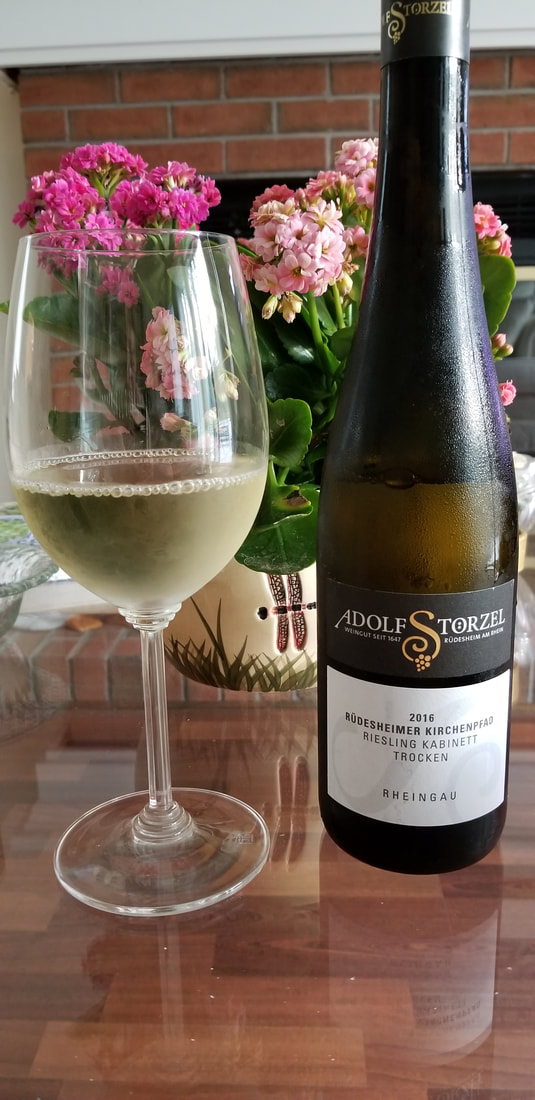

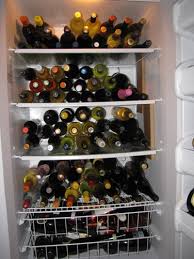
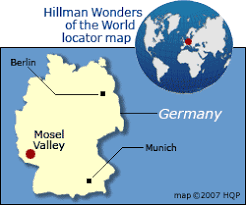
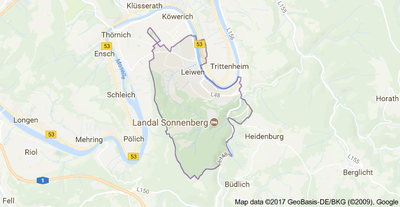
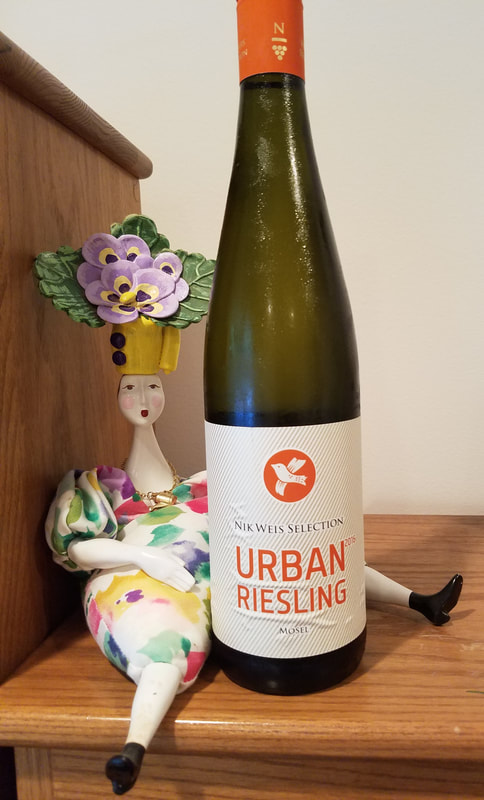
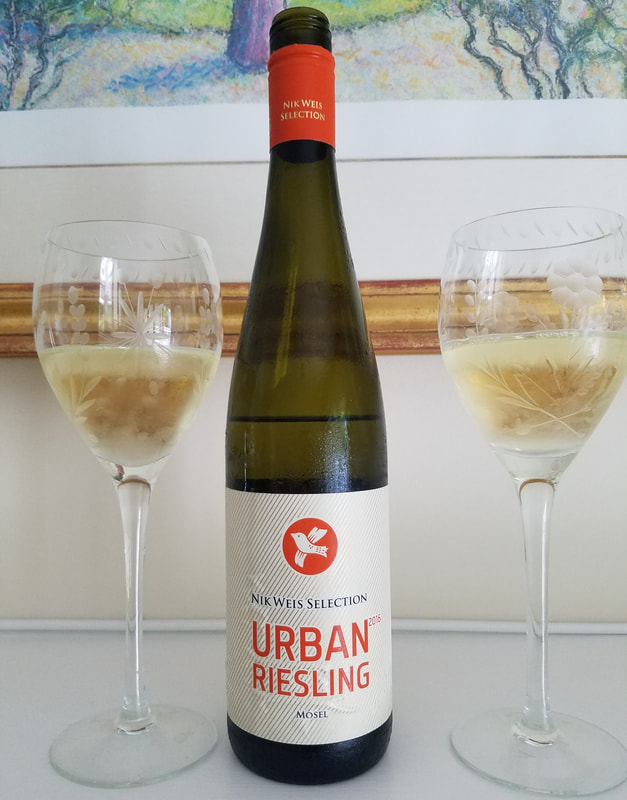


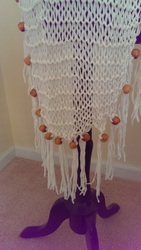
 RSS Feed
RSS Feed